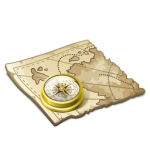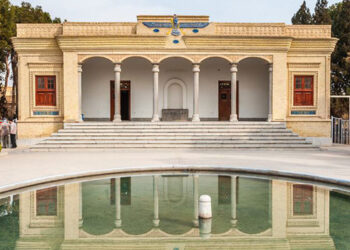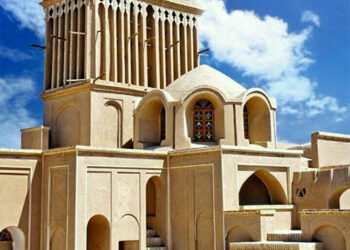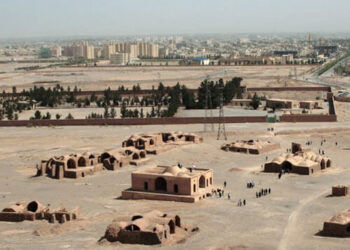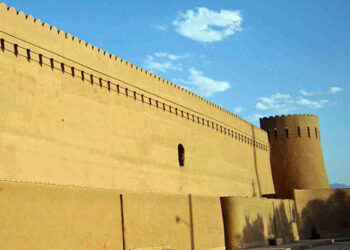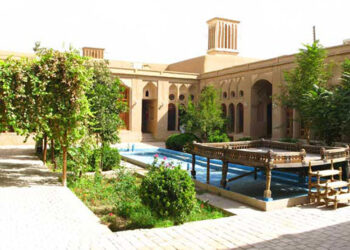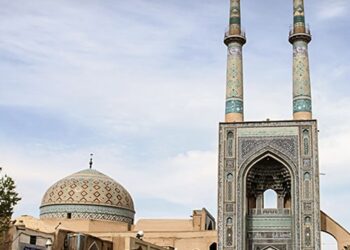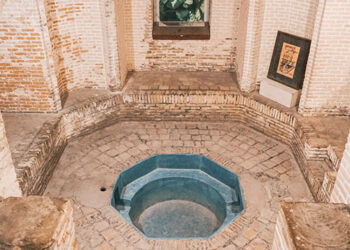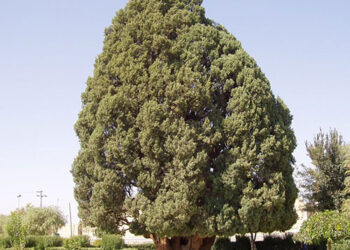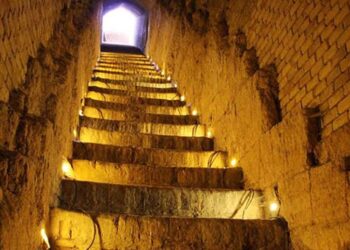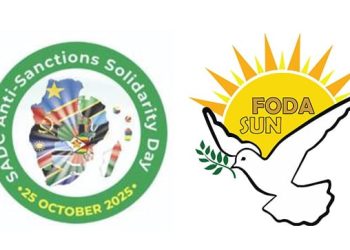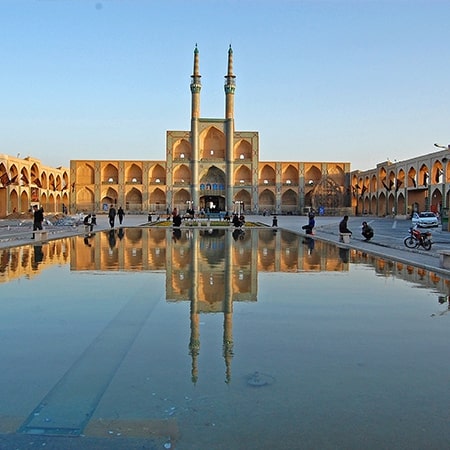
Yazd

Yazd is the city of windcatchers, brick houses and thatched buildings. The dominating atmosphere upon the city, specially the historic district, is very interesting and it can keep you amused for hours, like a small kid inside a maze. The city is 5000 years old in the middle of a desert. 10 percent of Yazd people are zraustrian and run their rituals in the fire temple of Yazd. The word Yazd means Pure and Holy, and that’s why the city is named the “holy land and the city of god”. Yazd is the first bricked city and the second old city after Venice of Italy. It is one of the driest cities of Iran in climate and you can experience significant fluctuations of temperature there. So make yourself ready for warm days and cold nights.
History

Yazd is one of the ancient lands with a glorious legacy of ancient culture and civilization and various historical periods of 3,000 years old. Some historians attribute the original construction of Yazd to the time of Alexander the Macedonian, whom he has imprisoned and named, and according to some other historians in the Sassanid era, under the command of Yazdgerd I (421-339 AD), in this A place of the city called Yazdangerd. The name of Yazd has been taken from the same title and it means holy, auspicious, and sweet. Greek historians have called the ancient and ancient city of Iathis, probably after the destruction of the ancient city of Kate. After the advent of Islam and the tendency of the Iranian people to Islam, Yazd was dubbed “Dar al-Abadeh”.
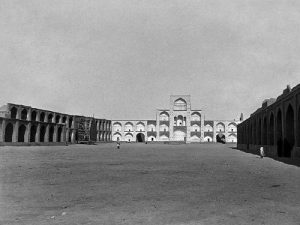
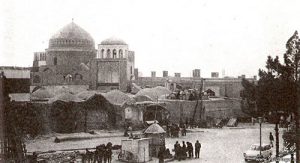
Yazd means pure and holy and means of city of God. This area has always been in the Achaemenes era through the prestigious roads of the ways, postal and harbor centers. The road ways of old Yazd were so important that the family of Al-Muzaffar arrived at the kingdom from the post office of the Meybod district. During the centuries, numerous small and large settlements have appeared in this land and have disappeared.
It grew out of the fifth century, and Atabakan contributed a lot to the city’s development. Most scholars of the seventh and eighteenth centuries have become centers of their escape from the Mongol invasions of the city. UNESCO World Heritage Committee at its 45th meeting in Krakow, Poland, on Sunday, July 9, 2017, recorded the historic city of Yazd on the World Heritage List.
The people of Yazd speak Persian in the Yazd dialect and preserve many Persian words and compositions in their dialect. In Yazd province, some features of dialect between different cities are tangible. Believers in Zoroastrianism speak among themselves in the language of Baha’di (ghorroni or Zoroastrian), and in particular perform religious ceremonies in this language. Yazd dialect is part of the Persian Dari (pure Persian and Aryans).
Most Yazd Muslims and Shiites are twelve imams. Also, a large group of Zoroastrians in Iran reside in Yazd. A small minority of Jews also reside in this city. Generally, Yazd province is considered a religious province in Iran, due to the attention of the people of this country to the discussion of religion and its efforts to maintain it. Around the city of Yazd, as well as inside it, there are various shrines for Zoroastrians, in which every month or season, the special ceremonies of the followers of this religion are held. Among them, one can celebrate the Sade, which is one of the most famous and popular ceremonies of Zoroastrians, and is held every year on the 10th of Bahman, along with other parts of Iran, in Yazd.
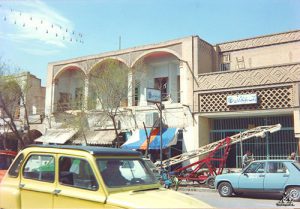
Geographies

Yazd city is located in the dry and spacious hills between Shirkouh and Kharangiq.The average height of Yazd city is 1200 meters above sea level. Placing in the central part of the Iranian plateau includes the most inappropriate natural elements on the central plateau of Iran. Slight precipitation with extreme evaporation, being away from the sea, close to the dry and abundant salt desert, low relative humidity and high heat, are among the factors that have brought Yazd to one of the driest regions of Iran. Moreover, there is also a high temperature fluctuation in this area.
Location of the city
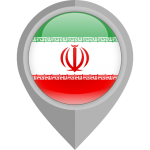
According to the general census of population and housing in 2011, the population of Yazd city in total is 582, 682 people, of which 168, 528 households, of which the population is 297, 546 men and 285, 136 women. In this city 484, 167 people are urban population and 42, 009 people are rural population.
Population
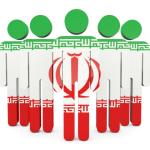
Slight rainfall with severe evaporation, being far from the sea, proximity to a dry and abundant salt desert, relatively low relative humidity with high heat, are among the factors that have brought Yazd to one of the driest regions of Iran. Moreover, in this area there is also extreme temperature fluctuations.
Weather

Places

Gallery


